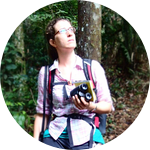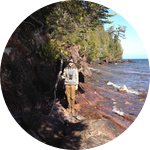Please wait...
About This Project
Endemic Caribbean forest birds are poorly known, threatened and in decline. Our project uses the power of citizen science volunteers to search spectrograms of field recordings for these endemic forest birds. This information will help us conserve them by giving us a better understanding of what habitats are important to these species, and how many individuals are left.

Browse Other Projects on Experiment
Related Projects
Optimizing eDNA sampling: Which filters best capture marine biodiversity?
Recent trials in the Galapagos demonstrate that environmental DNA (eDNA) is a powerful biodiversity monitoring...
Automated Monitoring for the Resilience of Marine Ecosystems in the Dominican Republic (MARE-RD)
Caribbean marine biodiversity is under critical threat from climate change and human pressures, losing...
Upgrading regional ocean monitoring with advanced sensors and open data in Costa Rica
Costa Rica, known for its rich biodiversity, has 92% of its territory in the ocean. However, it lacks a...




